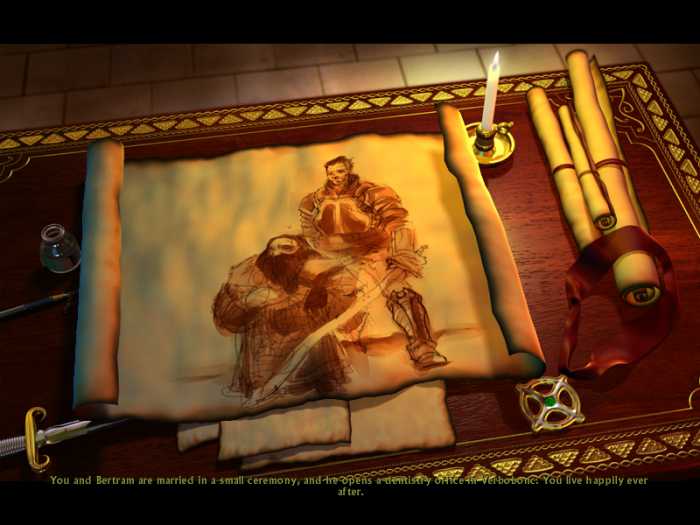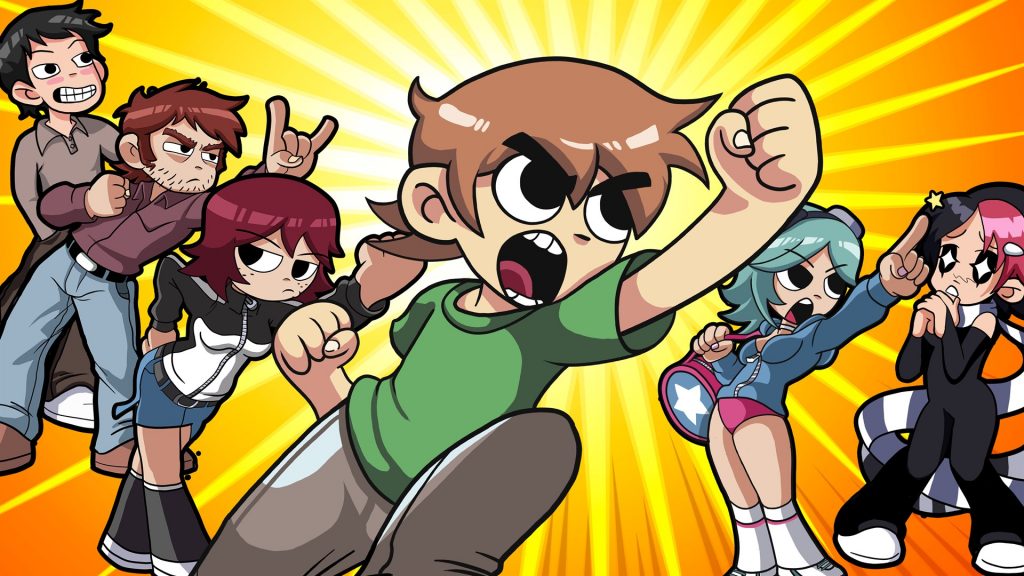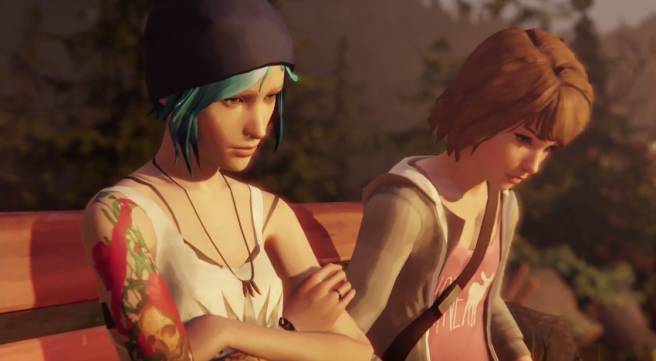In our previous article we analyzed how characters representative of the LGBT+ community began appearing in games. However, the issue wasn’t fully explored and there was much left to include. What happened starting in the 2000s?
The 2000s
There are some examples of significant changes in this decade, and although it’s hard to find any main characters, we note there is subtle experimentation with different genders. This is mostly due to the promotion of titles that allow us to pre-design our characters with increasingly more detail. These same variables occasionally allow us to make more romantic choices. The most notable examples to highlight are The Temple of Elemental Evil (2004), which gives you the option to gay marry the pirate Bertram, Vampire: The Masquerade – Bloodlines, where there are sex scenes involving men or women no matter the character’s sex, and the classics that simply allow us to freely choose the sexuality of our character, such as Violet (2008) and Jade Empire (2005).

Even in this era we continue to note titles that weren’t blockbusters in their time, perhaps with the lone exception of the popular Syphon Filter: Dark Mirror, which features a background story involving the love between two women. The edgiest titles of this generation were Mass Effect (2007) and Dragon Age: Origins (2009), both developed by BioWare. These games put an important focus on interpersonal relationships and emphasize the chances of getting involved romantically with a few of its characters, with there being homosexual, bisexual, as well as interracial options. The fame and reach of those titles are clearly fundamental milestones for the impact of the following decade.
The 2010s
Without a doubt, this is the big decade and the likely start of generational change. LGBT+ characters with important roles started to appear and the number of games featuring similar characters began to multiply compared to the previous decade. Additionally, the popularization of open-world RPGs has really allowed us to see more choices when it comes to love and the resulting variety of outcomes.

One may say that the first of the decade could be considered “fake” because it’s really based on a movie: Scott Pilgrim vs. the World: The Game (2010) has a bisexual girl named Ramona as its co-main character, but there’s also an immense variety of homosexual characters like Roxie or Wallace and bisexuals Knives and Kim.
Beyond that are the games that allow you to choose the design of your character or pick a partner regardless of their gender, with Skyrim (2011), Dragon’s Dogma (2012), and Kingdom’s of Amalur (2012) among the most well-known.
On the Right Path
It must be acknowledged that the most positive development was the direct incorporation of gender themes as a central part of the narrative, with the best examples being Guildwars 2, which incorporated different mini-stories linked to LGBT+ relationships, Animal Crossing with Isabelle, a pansexual character; Pokemon X and Y with Nova, a trans-Pokemon trainer, and Transistor, with several homosexual characters like Grant, Asher, and Sybil.
The decade’s most noteworthy titles are two games that literally tell stories related to gender issues. Dys4ia (2012) is an autobiographical title that allows us to control a character going through hormonal therapy and the resulting dysphoria from this traumatic process; while Gone Home (2013) allows us to navigate a 100% literary story about Samantha (the sister of the main character we control) coming out of the closet. Later, Life is Strange (2015) became a hit through the introduction of a queer character, Max, who later in the 2017 prequel can start a romance with her friend Chloe if the player wants to.

There are a lot more games from this era that gave visibility to the LGBT+ community: Witcher 3, Undertale, Mortal Kombat X, Overwatch, Celeste, Hollow Knight, Apex Legends, Disco Elysium and Mortal Kombat 11. It’s noteworthy to see how especially in the second half of the decade there was an abrupt explosion of this class of titles and characters, which highlights the accompanying social discourse.
That’s the story (so far), but there are even more examples from the 2010s that have marked fundamental milestones in the community’s history.
